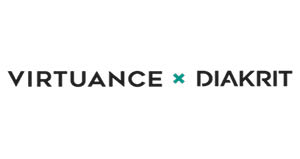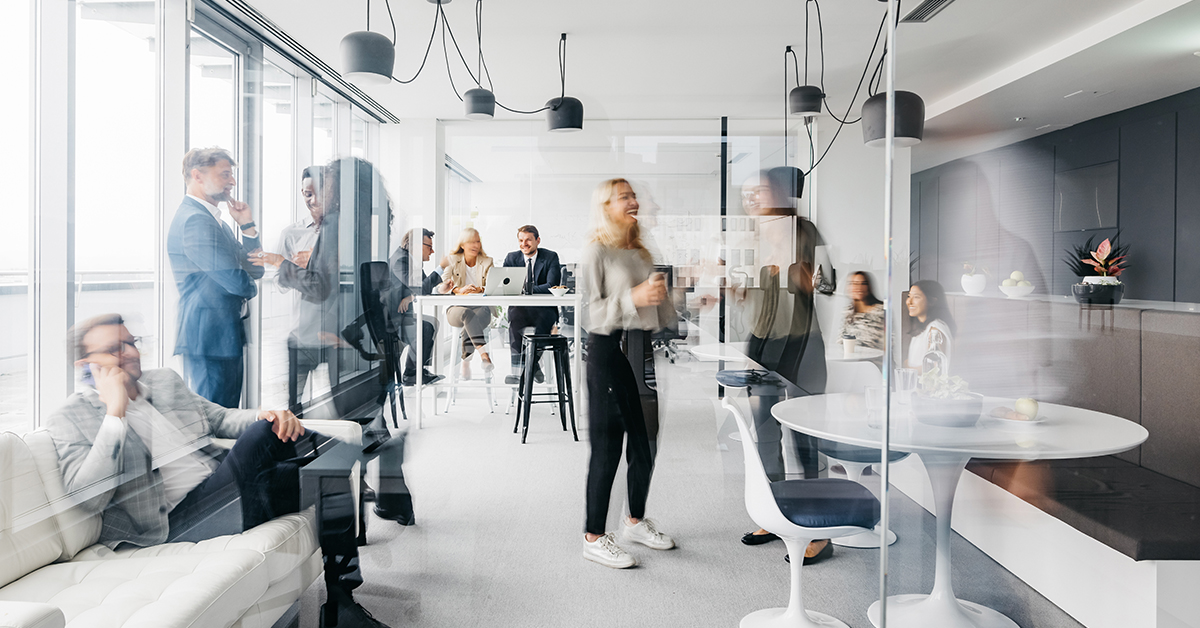– Virtuance & Diakrit provide visual content and integrations to brands that are serious about growing their business –
CHICAGO – (September 26, 2022) – Leading Real Estate Companies of the World® has selected Virtuance & Diakrit for its Solutions Group program of preferred business resources for its global network of 550 market-leading real estate firms. Virtuance & Diakrit provides high-quality marketing content including magazine-quality photography, 2D and 3D floor plans, virtual tours, digital renovating, decorating tools and video to over 2,000 leading brokerage brands worldwide.
“Virtuance & Diakrit gives real estate brokers a strategic advantage by ensuring all their listings are brand consistent and are widely advertised to everyone in the market. And, with technologies that highlight what it could be like to live in any given property – without even stepping foot inside – they help buyers feel more confident in their home buying decision,” said LeadingRE Vice President, Sales/Partnerships Jeff Kennedy.
With established networks of photography in the United States, Australia, New Zealand, Sweden, Norway and Denmark, Virtuance & Diakrit is well-positioned to serve LeadingRE’s membership.
“We’re excited to join LeadingRE’s prestigious Solutions Group. LeadingRE attracts some of the world’s top real estate firms, such as our clients John L. Scott in the US, Barfoot & Thompson in New Zealand and Belle Property in Australia. These firms have successfully won more business with the help of Virtuance & Diakrit’s high-quality marketing content. Our vision is to be the provider of choice in digital real estate marketing globally. By joining with LeadingRE, we look forward to establishing new relationships with leading firms in the U.S., Canada and central Europe to help them become a brand top-of-mind for anyone thinking of buying or selling in their market,” said Dick Karlsson, founder and Head of Global Sales & Marketing.
Learn more about Virtuance & Diakrit at experiences.diakrit.com/LRE22. Learn more about Leading Real Estate Companies of the World® at www.LeadingRE.com.
###
About Virtuance & Diakrit
Virtuance & Diakrit are the leading providers of digital real estate marketing content in the United States, Europe, and Australasia. Virtuance & Diakrit work with 2,000+ leading brokerage brands worldwide and help them successfully win more business and grow their market share through industry-leading marketing content, including magazine-quality photography, 2D and 3D floorplans, virtual tours, digital renovating and decorating tools, and video.
Creators of HDReal®, an industry-leading AI-powered image processing system, Virtuance & Diakrit automate key processes in real estate marketing, which enables real estate professionals to improve their marketing effectiveness, differentiate their brand, and drive consistent results for their clients.


